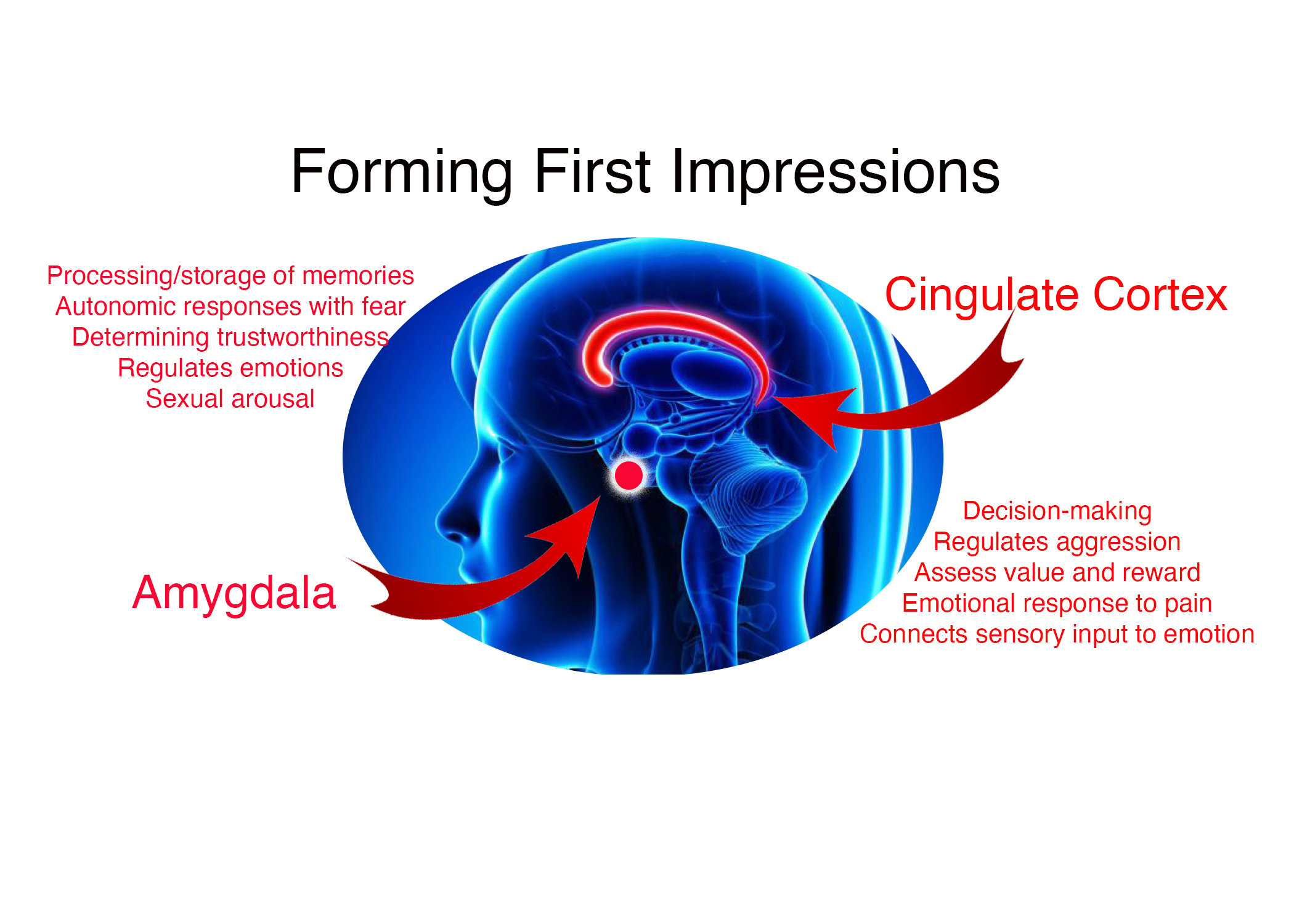Have you ever met someone and immediately feel like – oh, I don’t like this person at all? You don’t know exactly why. Maybe they didn’t say or do anything that would explain that negative feeling. So what is going on?
With every new encounter, you form an immediate impression and another person's immediate impression of you is formed. These first impressions are powerful forces in setting the tone for that single exchange or the quality of the relationship you may have with him or her going forward.
In a fraction of a second, you determine a level or like or dislike about someone you’ve never met. In fact, studies have demonstrated that it only takes 100 milliseconds to create a first impression about a stranger. To put that into perspective, it takes about four times longer to blink. In less than a tenth of a second, your amazing brain is able to piece together information from emotional memories, past experiences and personal values to form a judgement about that person.
Oddly enough, giving someone additional time doesn’t improve the judgements made. According to research, when exposure time increased from 100 to 500 milliseconds, people felt more confident in their initial impressions rather than alter the judgements based upon any additional information they may be able to collect about them.
A study conducted by a team of researchers from Harvard College and New York University analyzed the neuroscience of first impressions by identifying with which areas of the brain were most involved. The purpose of the Nature Neuroscience study was to determine what brain regions are active when we meet someone for the first time.
The researchers designed an experiment in which they examined the brain activity when these participants made initial evaluations of fictional individuals. The participants were given written profiles of 20 individuals implying different personality traits. The profiles, presented along with pictures of these fictional individuals, included scenarios indicating both positive (e.g., intelligent) and negative (e.g., lazy) traits in their depictions. After reading the profiles, the participants were asked to evaluate how much they liked or disliked each profiled individual. As participants were analyzing the profiles and photos, their brain activity was observed using functional magnetic resonance imaging (fMRI).
An fMRI scanner analyzes blood flow in the brain and maps the areas of the brain that are most active at a given moment in time. The two brain regions that were found to be most active in the formation of these first impressions were the amygdala and posterior cingulate cortex (PCC.)
The amygdala is an almond-sized structure located in the limbic system, or the emotional brain. Despite its deceptively small size, it has the powerful ability to combine learned qualities from memories with emotions from past experiences to enhance learning. This is also where we evaluate social stimuli, determine how trustworthy someone is and how harmful any given situation may be.
The posterior cingulate cortex (PCC) is located in the upper part of the "limbic lobe" made up of an area around the midline of the brain at the intersection of the frontal and parietal lobes. The full function of the PCC is largely debated but scientists do agree that it has very high levels of metabolic consumption which suggests it is a core hub in neural connectivity. The PCC is a component of a large-scale cortico-hippocampal network involved in episodic sequencing, emotional recollection, decision-making and evaluating value and reward. This explains the researchers’ findings that the subjects’ first impressions were heavily influenced by the evaluation of how much value the fictional person could add to the test subject’s life.

Physical characteristics such as piercings, hair color, tattoos, and clothing all influence that fraction of a second judgement about someone. People who smile are perceived to be more attractive. Attractiveness aside, our first impressions are largely distilled down to friend-or-foe and powerful-or-no. Impressions of trustworthiness and power form the basis of the structure of impressions. In other words, it’s all about our perception of someone’s intentions towards us.
Researchers are now using computer-generated morphed and synthetic faces to explore this further. Alexander Todorov, a psychology professor at Princeton University, is leading the way in this field. He discovered that candidates in an election who were judged to look more competent than their rivals by naive voters were also more likely to have won. Other studies have found that 7-month-old babies make the same judgements about trustworthiness as adults, and that simply increasing or decreasing skin brightness can radically alter impressions. Brighter faces appear more trustworthy, submissive and feminine. Changing the “reflectance” without altering anything else can change a male-looking face into a female-looking face, and the reverse is also true.
Other studies have also suggested that media can largely affect how we form first impressions. People who reported frequent media multitasking are more likely to be distracted by irrelevant information when making first impressions about someone they had never met, compared with those who did not engage in frequent media multitasking. Multitasking with media had a direct correlation with character judgements based on physical attributes.
Considering the statistics of how time we spend consuming media, this has significant implications about our first impressions. Worldwide, people spend an average of 463 minutes per day with media. Americans log even more spending an average of 732 minutes per day around (369 minutes per day with traditional media combined with 363 minutes of digital media.)








